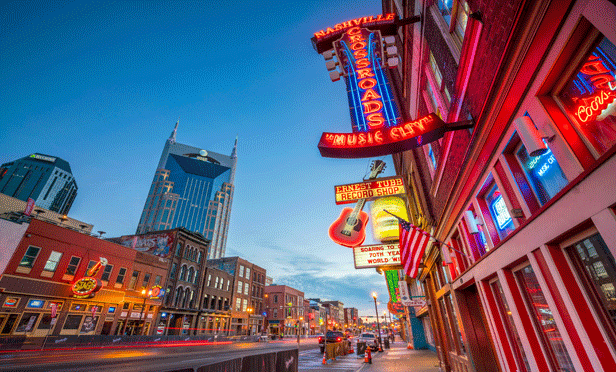LEED-certified buildings consistently command higher rents than their non-LEED peers, according to new research from Cushman & Wakefield.
Since 2015, rents for LEED-certified buildings have averaged 11% higher rents than non-LEED properties. And while those rents have typically been accompanied by higher vacancies, those tides appear to be changing. Since 2018, vacancies for LEED properties have fallen sharply—so much so that prior to the pandemic LEED vacancy fell below non-LEED. As a result, "the outperformance of LEED-certified buildings has only widened since then, displaying resilience as the larger office sector has faced headwinds."
In addition, LEED-certified assets outperformed their non-LEED counterparts in the first three years of life, averaging about 29.6 higher percentage points of RevPAF growth. That delta was highest during the peak years of the recession (2010 to 2012), suggesting newly delivered LEED buildings were more resilient during the softening of the real estate market.
Recommended For You
But "throughout the middle of the decade, 2013-2014, RevPAF growth was fairly even between the two sets. This would align with the notion that, as the office market reheated and vacancies fell, amenities such as LEED certification became less of a differentiator as more fundamental factors such as supply and demand drove pricing," the report notes.
By 2015, LEED certified performance became stronger and tenants began flocking to buildings that would help facilitate employee recruitment and retention. In 2018, RevPAF growth had the highest percentage point difference—61.4%—of any year Cushman analyzed. Over the past three years, LEED-certified assets held a 21.4% higher average market sales price per square foot over non-LEED properties.
Cushman predicts that by 2023, around 80% of investors intend to incorporate ESG into their commercial real estate strategy, though achieving ESG milestones through LEED typically is more expensive than other strategies. But so far, those assets are "fairly niche," with LEED certified buildings accounting for only 2.5% of total urban office properties in the US.
© 2025 ALM Global, LLC, All Rights Reserved. Request academic re-use from www.copyright.com. All other uses, submit a request to [email protected]. For more information visit Asset & Logo Licensing.







